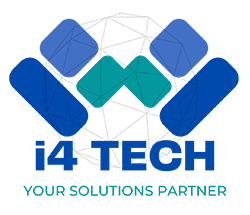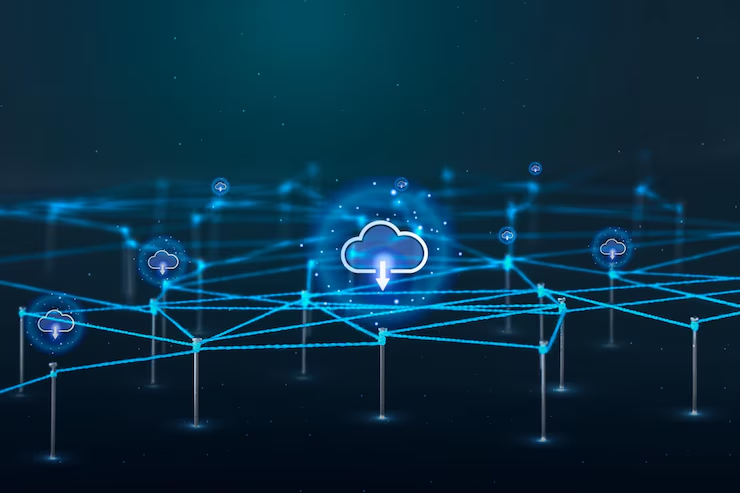Cloud vs Edge Computing: What Businesses Should Know
As businesses continue to digitize, understanding the difference between cloud computing and edge computing has become crucial for making the right infrastructure decisions. Both offer unique advantages, but they serve different purposes depending on your operations, data sensitivity, and performance needs.
What is Cloud Computing?
Cloud computing refers to using remote servers hosted on the internet to store, manage, and process data. It’s ideal for scalability, cost-efficiency, and centralized access. Popular services include AWS, Microsoft Azure, and Google Cloud.
Pros:
- Scalable storage and processing power
- Global accessibility
- Centralized data control
- Lower upfront hardware costs
Cons:
- Latency issues in real-time applications
- Dependence on internet connectivity
- Potential data privacy concerns
What is Edge Computing?
Edge computing pushes data processing closer to the source—like sensors, IoT devices, or local servers. It minimizes latency and is perfect for real-time analytics and mission-critical systems.
Pros:
- Ultra-low latency
- Enhanced privacy by processing data locally
- Works offline or in low-bandwidth regions
Cons:
- Higher setup and maintenance costs
- Less scalable than cloud solutions
- Security must be managed across multiple devices
Which Should You Choose?
- Use cloud computing for CRM systems, e-commerce platforms, or data-heavy analytics.
- Use edge computing for IoT, factory automation, smart grids, and healthcare monitoring.
Many modern companies are now adopting hybrid models that use both for optimal performance.


